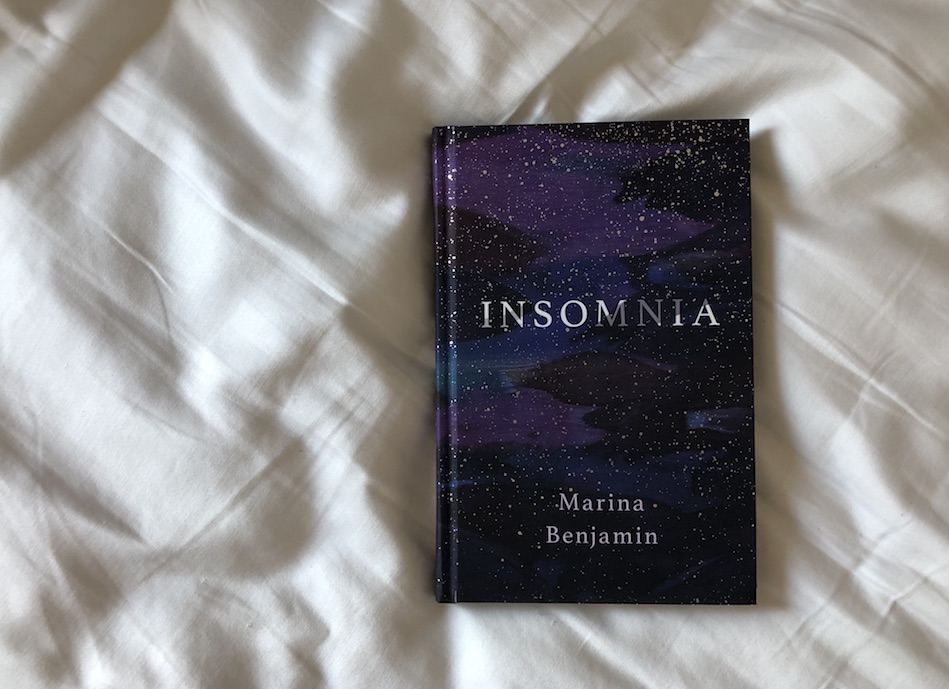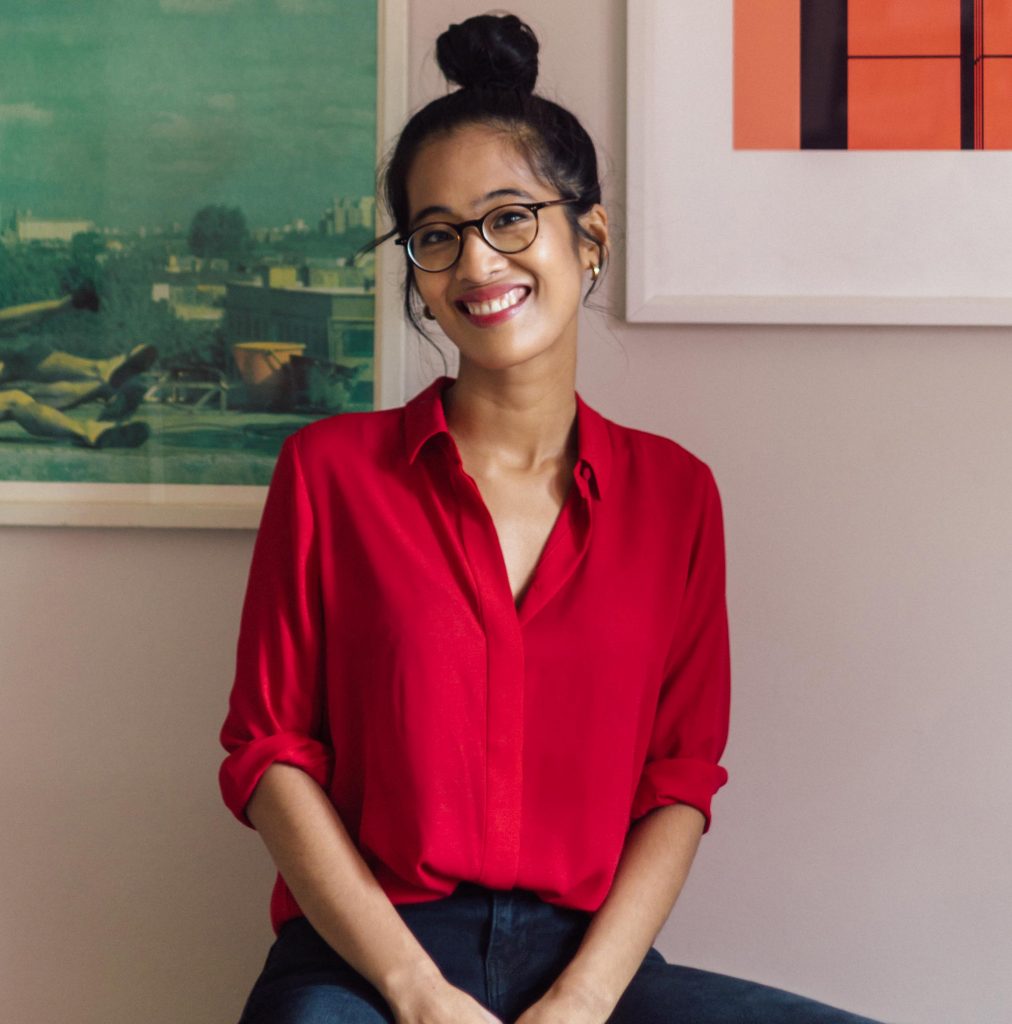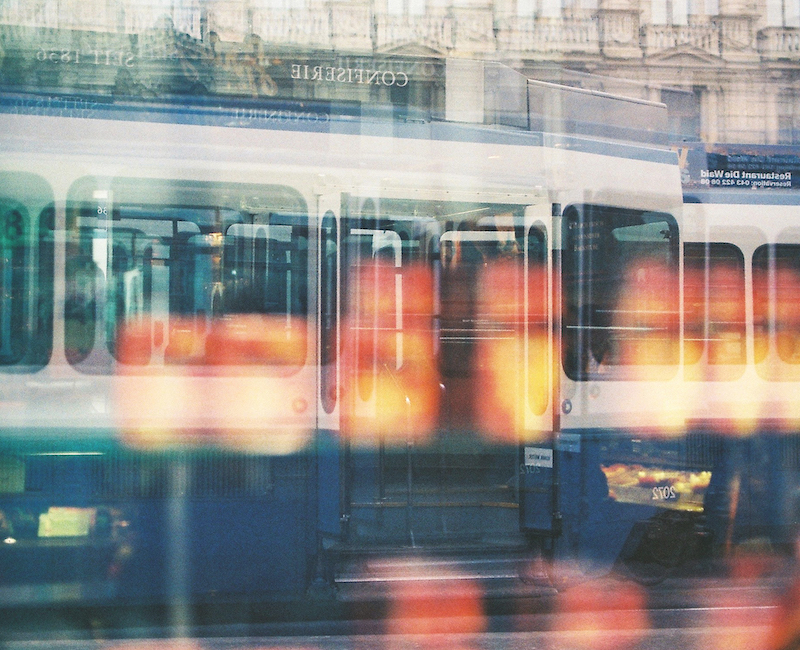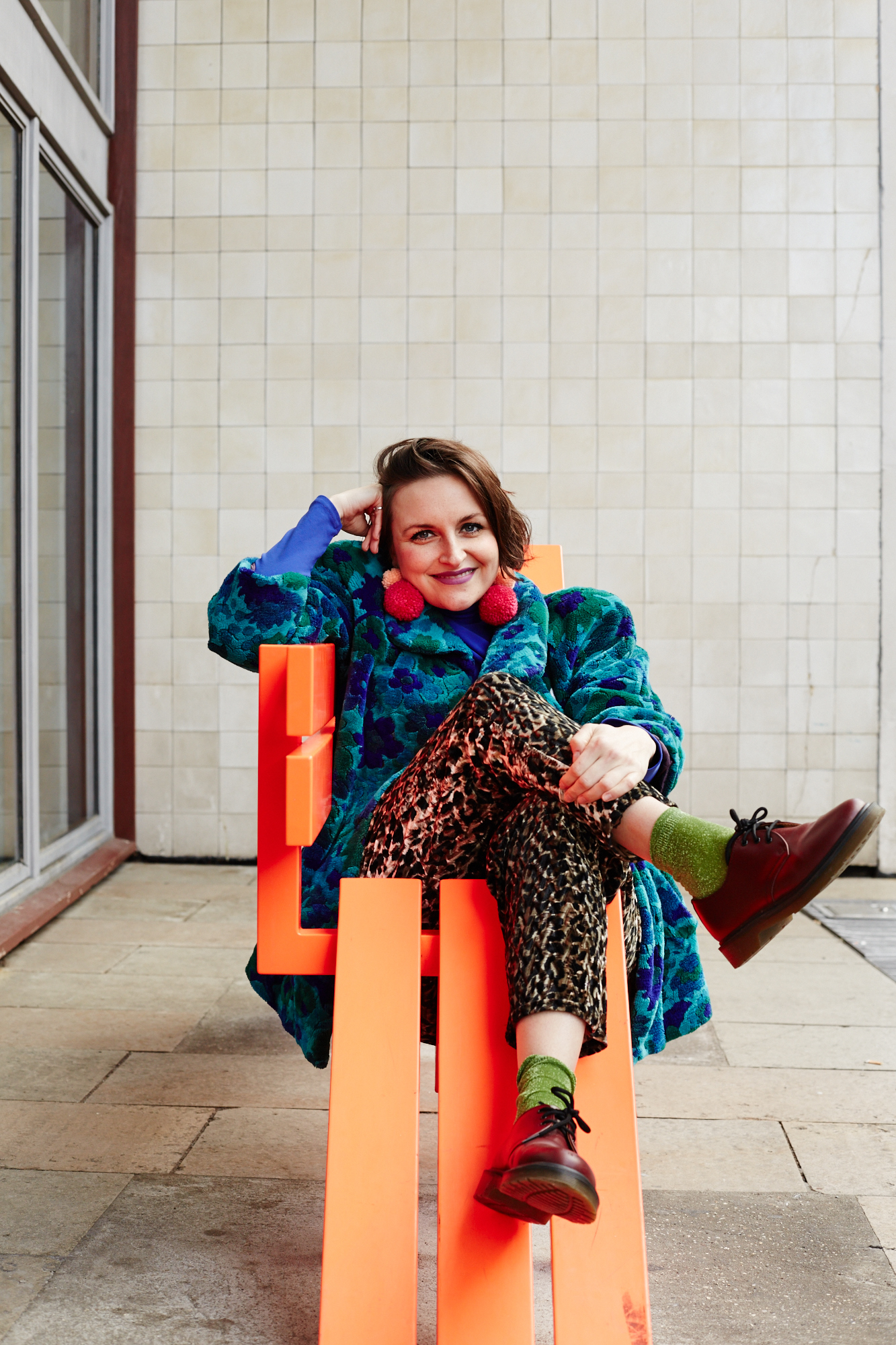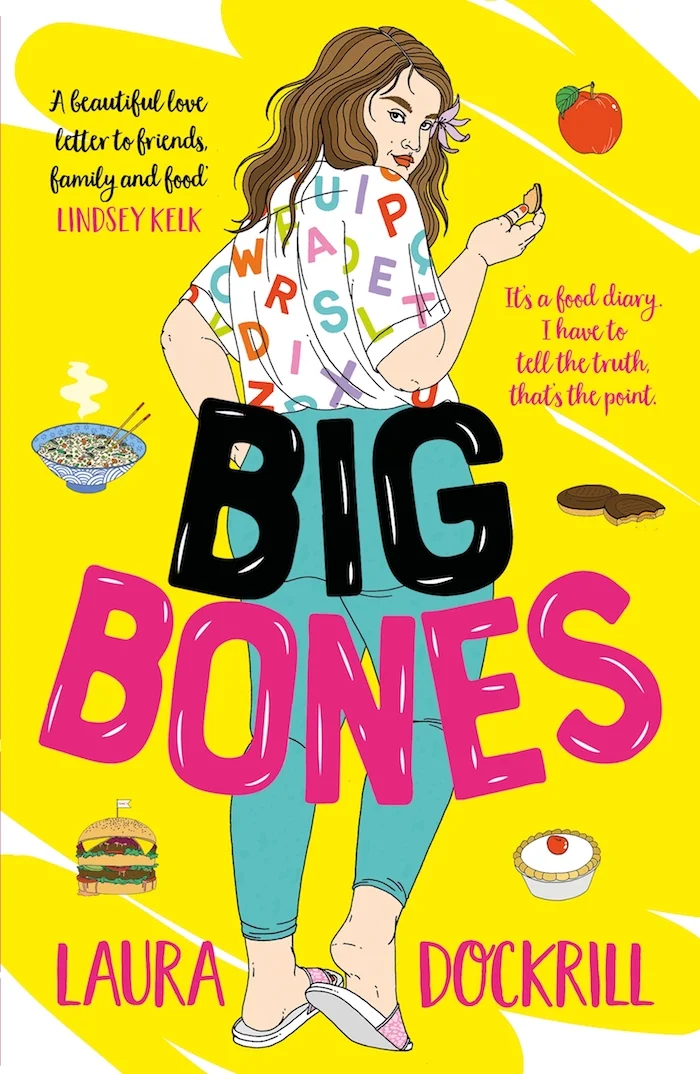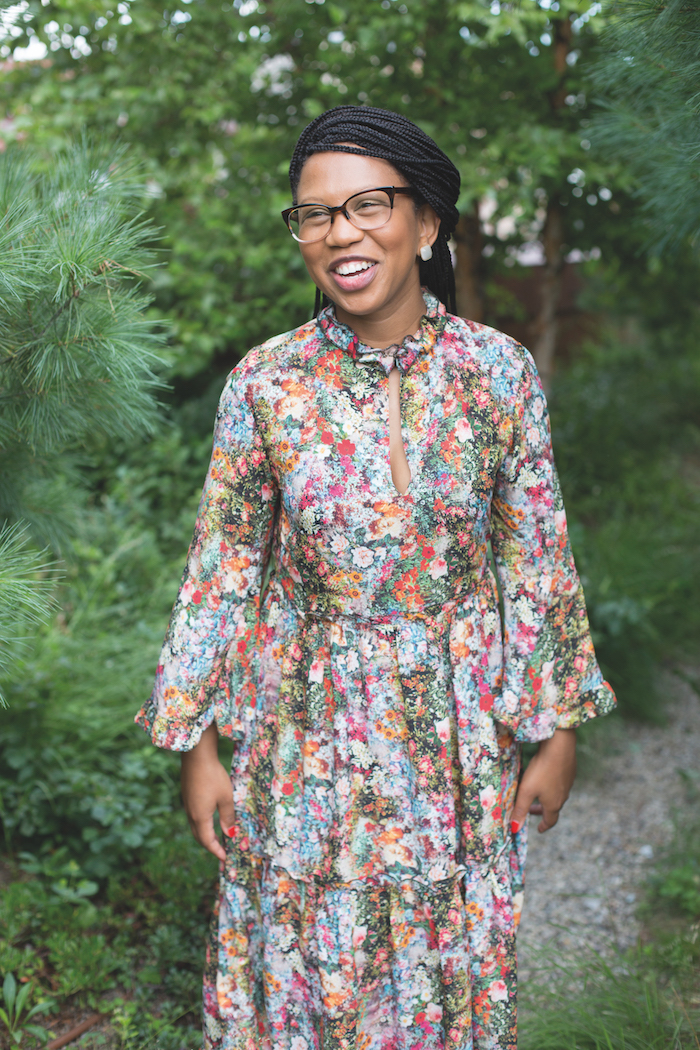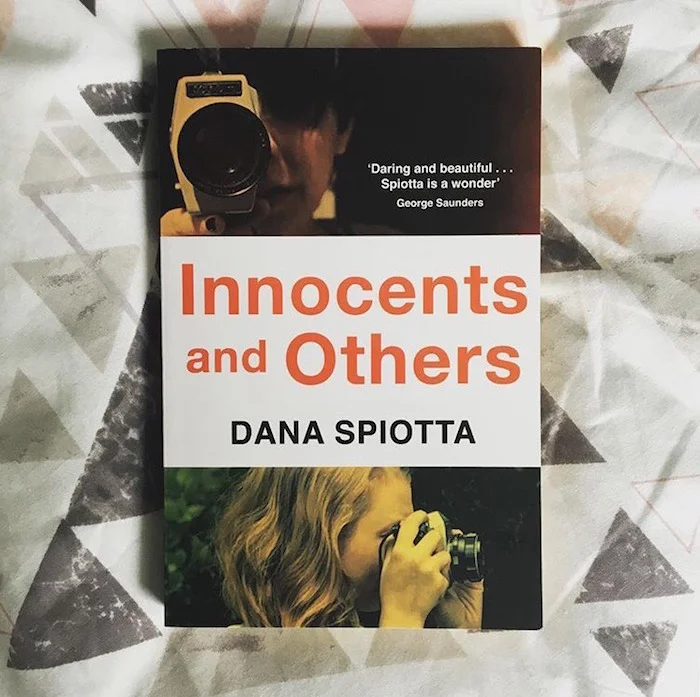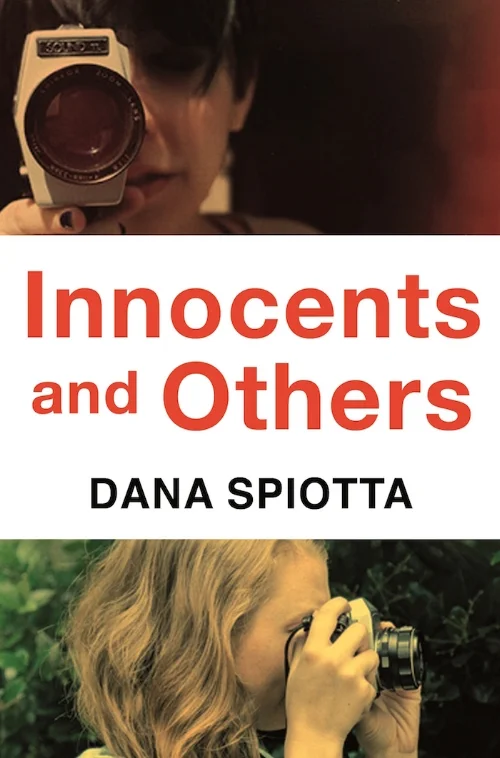words: terri-jane dow
Elaine Castillo’s debut novel, America is not the Heart, centres around Hero De Vera, a woman who has recently arrived in the United States to start a new life. She is undocumented and an ex-member of the communist New People’s Army. As the novel unfolds, she becomes part of the family, and part of the community, in ways she didn’t expect. America is not the Heart is one of our What We’re Reading picks in our midsummer issue, which you can pick up here. We spoke to Elaine about the inspirations behind her novel.
Our latest issue explores identity – it seems to be a theme that runs through America is not the Heart.
I don’t know that identity is a huge theme – at least, any more so than it figures in novels that are about people living anything resembling a life, and thus about that encounter between the citizen self and the private self, where we’re at once emotional, animal, historical, political. Of course, there are certain communities of people whose lives get reduced to identity discourse, and people whose lives – and identities – get taken for granted; for neutral; for universal. How often are white authors told that identity is a huge theme in their novels? I certainly read books by white authors and marvel at how deeply white their worlds are, how alien they seem to my particular corner of America, how much a glossary would come in handy – and yet no glossaries get demanded for those books despite the fact that hyper-specific questions and assumptions around identity, particularly around the intersection between whiteness and class, whiteness and gender, impinge upon their characters’ lives on every page. But there’s often a silent coding around words like identity or community, as if these terms are dogwhistles, a racialised vocabulary that only applies to immigrant identity, people of colour identity, and so on.
Did you always know you wanted to include languages other than English in the novel?
I never thought about it as anything other than perfectly banal and ordinary. It’s important for writers, especially writers of colour, to ultimately claim the space for their own banality. It never occurred to me that to write a largely English-language book that was inclusive of large portions of untranslated non-English language was in any way remarkable: I grew up in a majority-minority town, Milpitas, the town where most of the book is set. Something like nearly 70% of the population speak a language other than English; our mayors have all either been Filipinx or Vietnamese since the nineties [Oh Comely note: Filipinx is used as a more inclusive term than the gendered Filipino/a]. That’s an American reality. That we don’t see towns like that portrayed as American heartlands says nothing about those towns, and more about the paucity of our discourse around what constitutes as American.
I grew up in a house where multiple languages were floating around, piecemeal, and the boundaries between those languages were porous: my mother had her own language (Pangasinan), my dad had his own language (Ilocano), they spoke the lingua franca of the Philippines to each other (Tagalog), as well as the second language of the Philippines (English). It was a mundane reality of my life for my mother to start a sentence to me in Tagalog and end in English or Pangasinan; most of my Tagalog had Pangasinan words sprinkled into it, which would confuse Tagalog-speaking friends – I would have no idea that some word I’d known all my life wasn’t actually Tagalog, but Pangasinan. And I was by no means an anomaly in my larger community. I didn’t include these languages in the book to “add local colour,” which is usually how the inclusion of non-English words in English-language fiction is described, fetishistically or disparagingly. This is simply how the community like the one in the book sounds. These are the material, sensual, granular facts of this particular American reality – and if we’re going to have American fiction that’s in any way deserving of that epithet, then we need to both write and read the fiction in a way that is commensurate to those realities, period.
The title of the novel is a play on Carlos Bulosan's America is in the Heart: A Personal History, [Bulosan was a Filipinx/American immigrant writer, and his semi-autobiographical novel was one of the first to show an Asian American working-class experience]. Could you tell me a bit about that? Would you say that your novel is an update to the Filipinx-American experience; a “Personal History” for your characters?
Haha, to be completely honest, the title came out of a year-long private joke I’d always told myself. Not to make wide cultural generalisations, but being a Filipinx kid, I like a pun – and so whenever I heard Bulosan’s title, especially pronounced with a Filipinx accent, I always misheard it as "America Isn’t the Heart"; it just made me snicker to myself, so I always thought I’d write a story or chapter title with that Isn’tone day, which is why the last chapter of the book still contains the conjunction. It wasn’t this big ambitious intertextual reference or staking out of a literary heritage! Just the kind of dumb joke that makes only you laugh.
But of course, Bulosan’s book remains a seminal text read in high schools and colleges all over the States, mostly in Filipinx American Studies and Ethnic Studies, though obviously I think it should be required reading for American history – for its stark depictions of the miseries and realities of early immigrant life, particularly Filipinx and Mexican migrant labour on the West Coast in the 1930s, its lacerating portrayals of white supremacist discrimination, racist mobs, police brutality, economic deprivation. It was also the first book I’d ever seen depicting the rural poor from Pangasinan, the same province from which my mother comes; Bulosan’s descriptions of the region ring true to stories my grandmother and mother used to tell (when they would tell stories at all; mostly they were silent for years around the subject of their abject poverty back in the Philippines). To read books about Filipinxs that were not necessarily wealthy or educated, or Manila-based, or cosmopolitan – that was a gift. But the dubious accompaniment of that gift is the profound misogyny that is threaded throughout the book: scene after scene of women brutalised, beaten, raped, disappeared. Bulosan’s autobiographical narrator often expresses sympathy and pity towards these women, in a kind of ‘Nice Guy’ fashion, but there’s a conspicuous failure to connect the oppression of those women to his own, and that failure needs to be discussed and indicted more than it is.
So in some way, sure, the fact that America is not the Heart [AINTH] expressly centres the granular details of women in their fullness – immigrant women, undocumented women, queer women, women who exist in the narrative not merely to be tragic foils or victims of brutal violence – in a way that AINTH simply doesn’t could be considered the beginning of a conversation. But luckily there’s a healthy community of Filipinx American literature that doesn’t need to be “updated” per se – that would sound pretty presumptuous! The history there is long and rich and various, thankfully (though perhaps less known by the wider reading population than it ought to be); and let’s work so it continues in that vein, so we can keep reading different types of Filipinx stories, from different people, classes, genders, regions, universes.
How does America is not the Heart’s relationship to the idea of ‘family’ play into those stories?
There are a handful of genres that are usually spoken about dismissively, as if they occupy some lower rung of the artistic echelon: the family epic, the immigrant saga, the domestic novel, the romance. No surprises that these genres are often written by and about people in some of our most marginalised communities; no surprise that they’re also often genres, especially the latter two, that centre people who identify as women. It’s always funny to me how quick literary discourse is to absorb certain genres into critical discourse – works of science fiction and fantasy adopted for their larger metaphors around dystopia, state brutality, marginalisation, etc. Or even in AINTH, the parts of the books that often get politicised tend to be the episodes of what we might call legible historical weightiness, things like dictatorship, the NPA, the American genocides in the Philippines at the turn of the century, all of which are of course at the core of how we think about both Philippine and American statecraft, but they’re also not the only sites for thinking through characters as political animals as much as emotional, historical, social.
I often think of both love stories and family dramas as being the sites for some our most urgent and radical political dramas – and yet we don’t offer confer that kind of critical analysis or legitimacy on those types of stories. But why not think through the ways in which a queer undocumented woman meets another queer working-class immigrant woman and gets introduced to romantic manga? What might she think of those stories? Why not think through the ways in which a bi woman who’s been disowned by her parents would have to learn how to be a decent family member to a younger cousin; what the love of extended family members might mean to someone with as fraught a relationship with family as Hero?
One of the things I always say is that for me, I’m not interested in the portrayals of trauma that function as portraits, rather than landscapes. Which is to say, one person in the story has trauma, and everyone else is a handmaiden to that trauma, in the classical sense of literary tragedy. That’s just fundamentally not how I grew up – everyone in my family and extended community had their baggage. And I think that’s how I necessarily come to write love and family and queerness: that people live at the vectors of all these parts of their lives, and all those parts inform the whole. To write about a bi woman, who is also undocumented, who is also living in political exile and has lingering disability from her time in a prison camp, who also has to show up and be responsible for a younger cousin, who also has to be there for a new girlfriend, who has been disowned by her parents, who has to have an adult reckoning with a relative she loved in childhood – who has to be a person in the world, in other words. I think it’s particularly vital to think through those vectors – love, family, queerness – when you’re writing about this kind of community embeddedness, because I’m also, fundamentally, writing about queer suburban people. In my burgeoning youth as a bi kid of colour, I read and loved a lot of queer fiction that mostly centered suburban flight: that you had to leave the town, the community, in order to be fully realised as a queer person. It’s a flight I know well in my life and have huge, abiding love for: but I also know it’s not the end-all be-all of queer stories.
Especially when you’re writing about someone like Hero, for whom the family is at once a source of absolute abandonment (her own parents) and profound life-saving refuge (her uncle Pol and his family, whom she comes to live with in Milpitas). It’s not as easy to cut ties with family or community when, in a purely practical sense – Hero has no papers – her survival is also dependent on the kindness and material aid of certain family members, the larger consequences of which she has to eventually reckon with. Certainly that was true of my own family; when you don’t have the larger support system of a functioning social welfare state, the people that help you make rent, pay for hospital bills, post bail, are usually your family members.
The relationships in the novel felt cautious and tentative – perhaps especially the relationship between Hero and Rosalyn. I felt that becoming a big sister to Roni was the push Hero needed to overcome some of her caution.
That Roni might be the one who pushes Hero out of her caution around Rosalyn is also part of that idea: that the love story in the book isn’t singular, isn’t just about one woman falling love with another (though of course it’s hugely about that), but also ultimately about things like: how do we even learn to be tender? When do we step up to care for other people, particularly when we’ve been through so much shit ourselves? What does it mean to come through for someone else? I think the reluctance you’re picking up on in Hero has so much to do with a larger reluctance that is probably the book’s real subject, one which most of us will have to encounter in our lives: how searingly difficult it is to be loved and known; to love and know others. And yet how absolutely, earth-shatteringly transformative; how plain; how like nothing else in the fucking world. That goes for our lovers, our friends, our family members.
America is not the Heart is out now. Buy a copy here.
